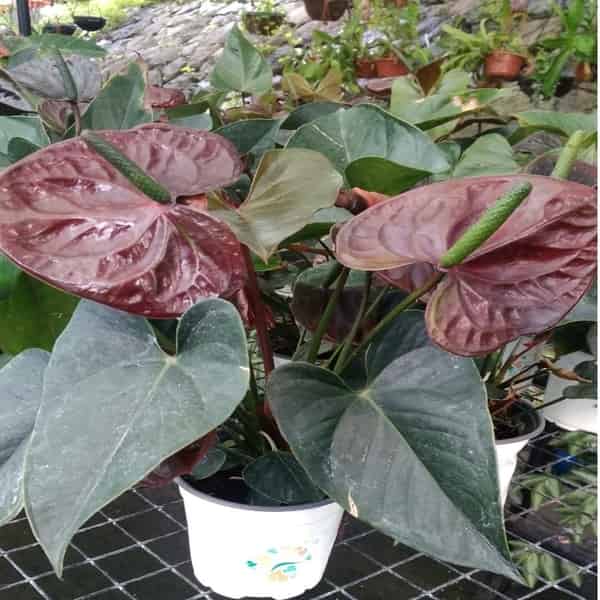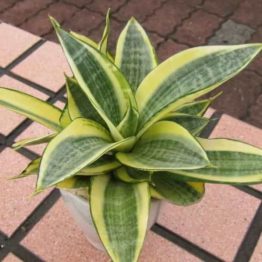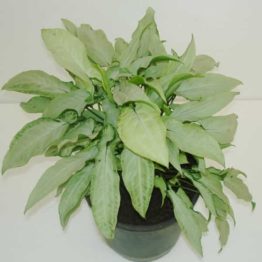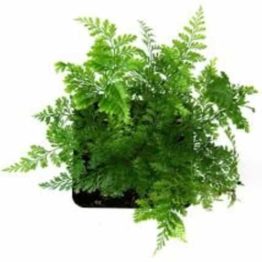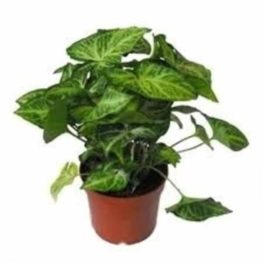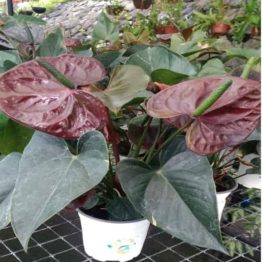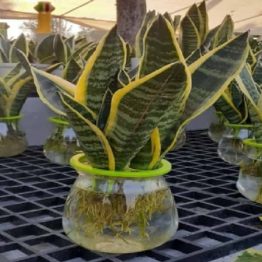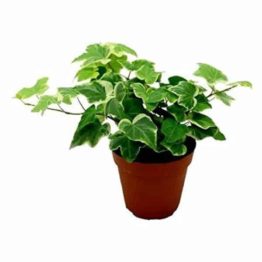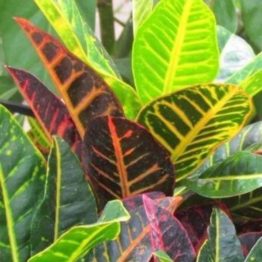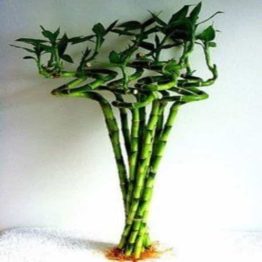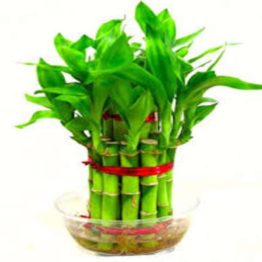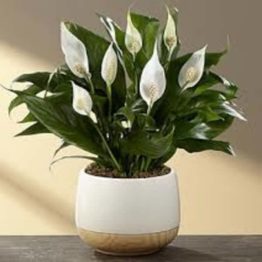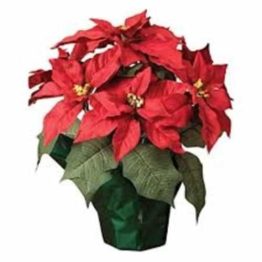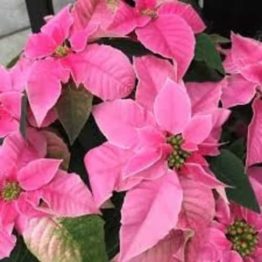Description
Anthuriums are herbaceous epiphytes native to tropical America. Anthurium is a genus of more than 800 species found in the New World tropics from Mexico to northern Argentina and Uruguay.
The leaves are often clustered and are variable in shape. The inflorescence bears small flowers which are perfect, containing male and female structures. The flowers are contained in dense spirals on the spadix. The spadix is often elongated into a spike shape, but it can be globe-shaped or club-shaped. Beneath the spadix is the spathe, a type of bract.
Anthuriums are grown for their brightly colored flower spathes and their ornamental leaves. In Greek, the name Anthurium means tail flower. The plant s stem lengths may grow to a height of 15-20 inches depending on the size of the spathe, i.e., the bigger the spathe, the longer the stem.
Its leaves are usually simple, large, attractively colored, and borne on long stalks. The flowering stalk is slender, ending in a fleshy column crowded with many unisexual flowers. They have leafy bracts which may be white, yellow, red, pink, orange, or green.
| Common Name | Tailflower, flamingo flower, and laceleaf |
| Flower Colour | Coffee |
| Bloom Time | All Season |
| Height Specification | Up to 1.5 feet |
| Growing Care | Medium |
Care for Anthurium
- Anthuriums need high light but not direct sunlight. Remove dead and unsightly foliage and faded or brown flowers.
- Use a peat moss base.
- Do not over-water the anthuriums as it may cause root damage and yellowing of the leaves.
- Avoid droughts and strong temperature fluctuations.
- In winter, Anthurium plants need a 6 week rest period at 15 degrees C with little water. This allows the plant to flower profusely again in the following season.
- Pinch off the dead flower, leaving the stem and any remaining flower buds intact.
- Dead flower removal prevents seed formation and encourages a new set of flowers on some aster varieties.
Disclaimer: The image is for reference purposes only. The actual product may vary in shape or appearance based on climate, age, height, etc.
